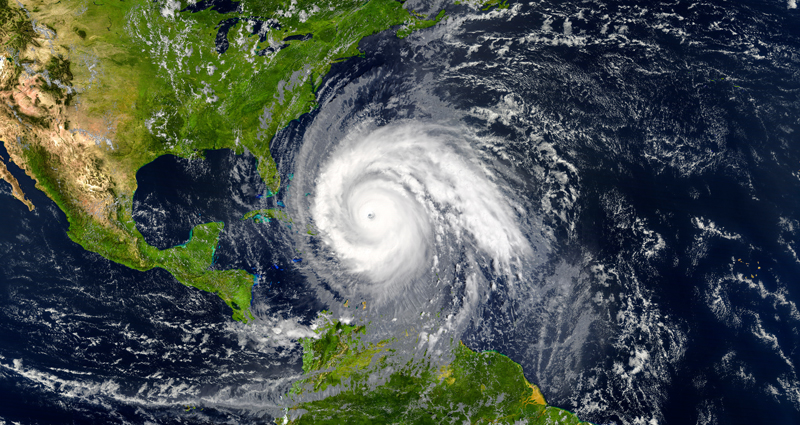Cedar Fence Maintenance: Top 3 Winter Threats
Cedar Fence Maintenance: Top 3 Winter Threats
Cedar fence materials are popular in the Pacific Northwest, despite the fact that the area’s winters pose many threats to fencing. The following is a look at the top three ways winter weather can damage a cedar fence.
1. Wintertime Shifts in Temperature
Remember that cedar fencing is constructed from organic materials that naturally expand and contract with shifting temperatures. Trees have long vertical channels running along their trunks; these tunnels carry nutrients from the soil to the tips of the tree’s branches. In humid, warm conditions, these channels swell, whereas in dry, cold conditions they shrink.
Why should this be a problem? Well, even extremely small amounts of contraction can cause wood knots to fall out, for one thing. The resulting holes in your cedar fencing materials are susceptible to disease and pests. Additionally, shifting temperatures can cause nails to loosen or even be forced out of the surface of the wood.
To protect your fence, you should fill any holes with wood filler. You should also hammer popped nails back into place; add an extra nail or two to prevent the same occurrence in future winters.
2. Increased Levels of Moisture
The natural rhythms of Pacific Northwest forests have at their core slowly rotting nurse logs, which are further broken down by the types of mold and mildew that thrive in wet conditions. This is all fine and dandy for a natural setting, but if you allow rot to set into your cedar fencing, you risk ruining your entire fence. (A rotting fence is an unstable fence that will eventually fall down.) Similarly, fallen leaves can harm fencing as they discharge stubborn staining tannins. Lastly, if debris becomes lodged between fence boards, moisture-loving microorganisms will begin breaking down surrounding wood, and rot will set in. All of these problems are much more likely to occur in the winter months.
To protect your fencing materials, seal and refinish them every year. Quickly sweep off any debris or snow. Finally, conduct a fence examination following every major winter storm. To properly inspect your cedar fencing, walk along your property line and look for indications of mildew, mold or other rot. Wiggle each fence post to make sure it’s firmly in place. Lastly, tap a metal tool along your fencing materials; if you find spongy or soft spots, you may have rot or a pest infestation on your hand.
Should you find weaknesses or rot in your cedar fencing materials, fear not. You can simply arrange for an expert to fix the damage, or you can tackle it yourself. Replace damaged boards, and be sure to seal and stain new boards. Rotting fence posts are a bit trickier; apply a wood preservative to damage that’s less than one inch deep. Less superficial damage will require you to replace the entire post.
3. Broken, Falling Branches
It’s not unusual for winter storms to knock down branches – sometimes very large, heavy branches. If these limbs should fall on your cedar fence materials, you could face costly, time-consuming repairs.
Defend your fencing from falling branches by pruning back any species that hang over your fence.
As you can see, winter brings several major threats to your cedar fencing materials, including falling branches, moisture-induced rot, and shrinking wood with falling temperatures. Fortunately, by informing yourself on the best approaches to preventing these hazards, you can keep your fence in good shape.





